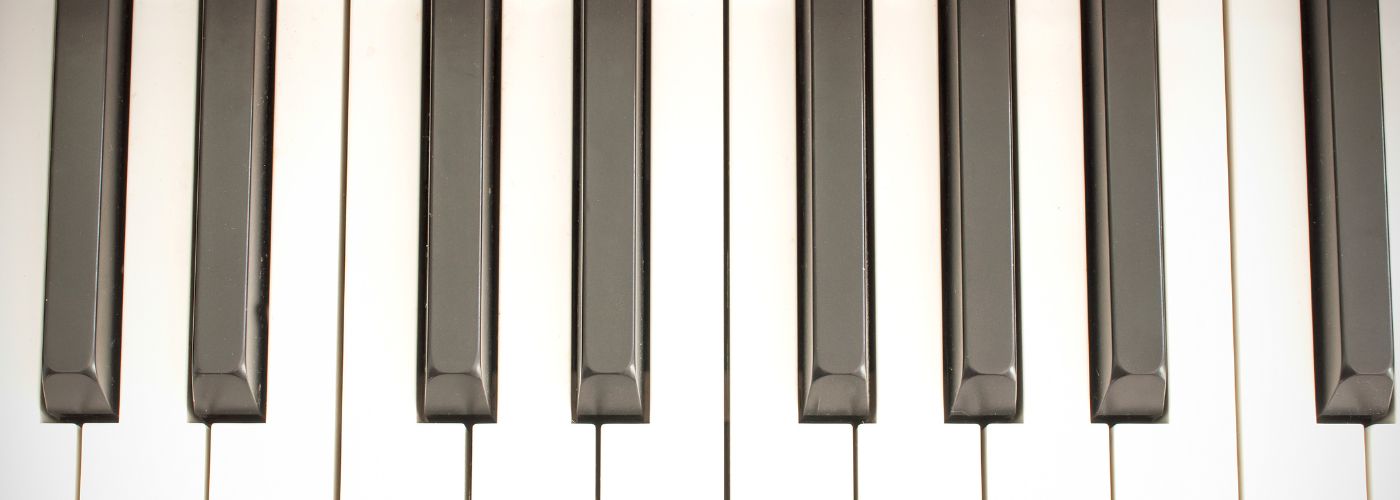If you’re embarking on a piano-playing journey, understanding piano scales is a fundamental step that can shape your musical prowess. For parents seeking piano lessons for their children, this knowledge opens a gateway to a beautiful and enriching world of music education. Let’s delve into the realm of piano scales, demystify their importance, and explore how to play them with ease.
What Are Piano Scales?
At their core, piano scales are sequences of notes arranged in ascending or descending order. For parents considering piano lessons for their kids, it might help to think of scales as the building blocks of melodies and harmonies, providing the foundation for countless musical compositions. Each scale has a distinct pattern of intervals between its notes, creating a unique sound and emotional quality.
Notes:
Scales are composed of individual notes, and the specific combination of these notes defines the scale. The most common scales are the major and minor scales, each with its characteristic arrangement of whole and half steps.
Interval Structure:
The intervals between consecutive notes in a scale contribute to its unique sound. Understanding intervals, such as whole steps and half steps, is key to mastering scales.
How To Play Scales On Piano
Along with key signatures, learning how to play scales on the piano is an essential skill for any aspiring pianist. Here’s a step-by-step guide to get you started:
Finger Placement: Begin by understanding the finger placement for each scale. Different scales may require specific fingerings, so familiarize yourself with the correct placement to ensure smooth and efficient playing.
Start Slow: Begin playing scales slowly, focusing on accuracy and consistency. Gradually increase your speed as you become more comfortable with the finger movements and key transitions.
Use Metronome: Practice with a metronome to develop a steady sense of timing. This helps in maintaining a consistent tempo and improving your overall sense of rhythm.
Hands Together: Once you’re comfortable playing scales with each hand separately, challenge yourself by playing them hands together. This enhances coordination and is a crucial step in mastering piano scales.
Practice Regularly: Like any skill, mastering piano scales requires consistent practice. Dedicate a portion of your practice sessions to scales, and over time, you’ll notice improvement in your technique and fluency.
How Many Scales Are There In Piano?
The piano offers a vast array of scales, each with its unique character and mood. While the major and minor scales are foundational, there are numerous others that add color and variety to your musical palette. Here’s just a few common ones!
Major Scale: The major scale is one of the most familiar and uplifting scales. Its pattern of whole and half steps creates a bright and joyful sound.
Natural Minor Scale: The natural minor scale, with its distinct pattern of intervals, imparts a more somber and reflective mood compared to the major scale.
Harmonic Minor Scale: The harmonic minor scale introduces a raised seventh degree, adding tension and creating a unique flavor.
Melodic Minor Scale: The melodic minor scale features a raised sixth and seventh degree when ascending but returns to the natural minor scale when descending.
Blues Scale: Popular in jazz and blues genres, the blues scale incorporates a lowered fifth, adding a distinctive and soulful quality.
Why Are Piano Scales Important?
Understanding the importance of piano scales is like unlocking the secret language of music. Along with skills like ear training, understanding scales is essential to building comfort and familiarity with your instrument. Here are just a few compelling reasons why piano scales play a vital role in your musical journey:
Mastering scales enhances your technical proficiency on the piano. The repetitive nature of scale practice hones finger strength, agility, and muscle memory. Playing scales also contributes to ear training, helping you recognize and internalize different musical intervals. This is essential for playing melodies and harmonies accurately.
Scales introduce you to the various keys on the piano. Familiarity with different keys is crucial for playing a wide range of musical pieces.
Many compositions, especially in classical music, are built on scale patterns. Understanding scales lays the groundwork for composing your own music or interpreting the compositions of others.
Scales are not just technical exercises; they can be played expressively. Mastering the dynamics and nuances of scales allows you to infuse emotion into your playing.
Different scales offer versatility in your musical expression. Whether you’re aiming for a joyful and triumphant sound or a more melancholic and reflective ambiance, scales provide the tools for diverse musical storytelling.
For parents seeking piano lessons for their children, understanding the importance of scales sets the stage for a well-rounded musical education. Encouraging your child to explore scales not only develops their technical skills but also nurtures a deep appreciation for the language of music.
Piano scales are the foundation upon which musical mastery is built. Embrace the journey of learning scales, and you’ll find yourself not just playing notes but weaving a tapestry of musical expression!


